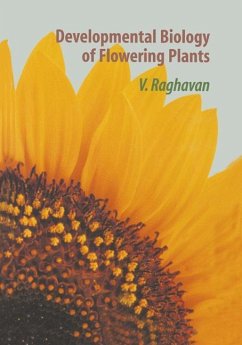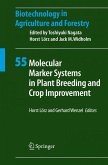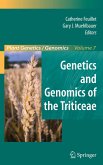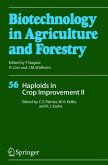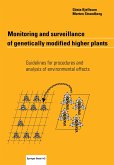The study of the development of flowering plants may be said to be in the throes of a revolution. The literature on the subject is extensive and continues to grow rapidly as new discoveries pile one on top of the other; moreover, these striking advances in our knowledge have put plant developmental biology well ahead of other aspects of the study of plants. This has come about after a period of neglect and stagnation in the field and has been triggered by the power of recombinant DNA technology to analyze genetic information and by a fruitful cross-fertilization between physiology, genetics, and molecular biology. Whereas considerations of developmental phenomena were at one time largely restricted to the structure and physiology of a wide selection of plants, recent molecular and genetic approaches are focused on one or two model systems. Notwithstanding the difficulty of having to relate developmental mechanisms in a few experimentally attractive models to the enormous range ofplants, the use of model systems has gained wide accep tance. This book is intended to meet the need for a unified account of the general principles of development of flowering plants representing structural, physiolog ical, biochemical, genetic, and molecular perspectives. It arose out of the revision and upgrading of an undergraduate course in plant development that I have taught here at The Ohio State University for more than 20 years.
Hinweis: Dieser Artikel kann nur an eine deutsche Lieferadresse ausgeliefert werden.
Hinweis: Dieser Artikel kann nur an eine deutsche Lieferadresse ausgeliefert werden.

